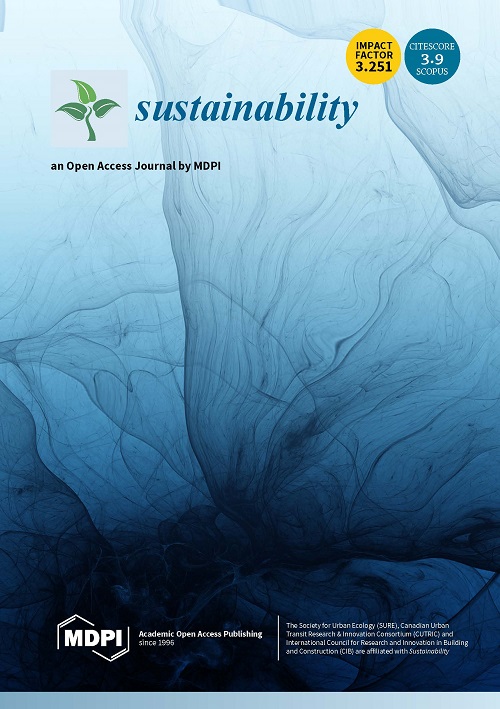Incorporating sewage sludge (SS) into soils presents a cost-effective and environmentally friendly option compared to conventional farming practices. However, SS could be perceived as a double-edged sword, as it may contain a broad spectrum of contaminants, such as heavy metals (HMs), microplastics (MPs), Pharmaceuticals in the Environment (PIE), and personal care products (PSPs), raising concerns for soil health, water resources, food safety, and human health. Council Directive 86/278/EEC, which regulates SS application in agriculture, specifies limits for six HMs but has not undergone substantive revisions since its inception in 1986, until the release of the updated working document SWD-2023-{final 158}. This study critically examines the legislative landscape across the European Union (EU) Member States (MSs), identifying heterogeneity in implementation, regulatory gaps, and the absence of thresholds for emerging contaminants. The results reveal significant disparities in the permissible concentrations of HMs across MSs and in comparison to international guidelines established by the Food and Agriculture Organization (FAO) and the World Health Organization (WHO). Furthermore, the absence of regulatory measures for MPs, PIE, and other common soil pollutants underscores critical deficiencies in the current framework. These inconsistencies contribute to varying levels of soil health across the EU and highlight the need for a harmonized approach. The findings of this study highlight the imperative for a comprehensive overhaul of the EU legislative framework governing SS application. As evidenced, the establishment of harmonized contaminant thresholds, rigorous monitoring protocols, and regulatory provisions for emergent pollutants is essential for addressing the identified regulatory gaps, enhancing legislative coherence, and promoting sustainable agricultural practices aligned with the EU’s environmental and public health objectives.
DOI:
https://doi.org/10.3390/su162410946
Dimensiones Recuento de citas:



















